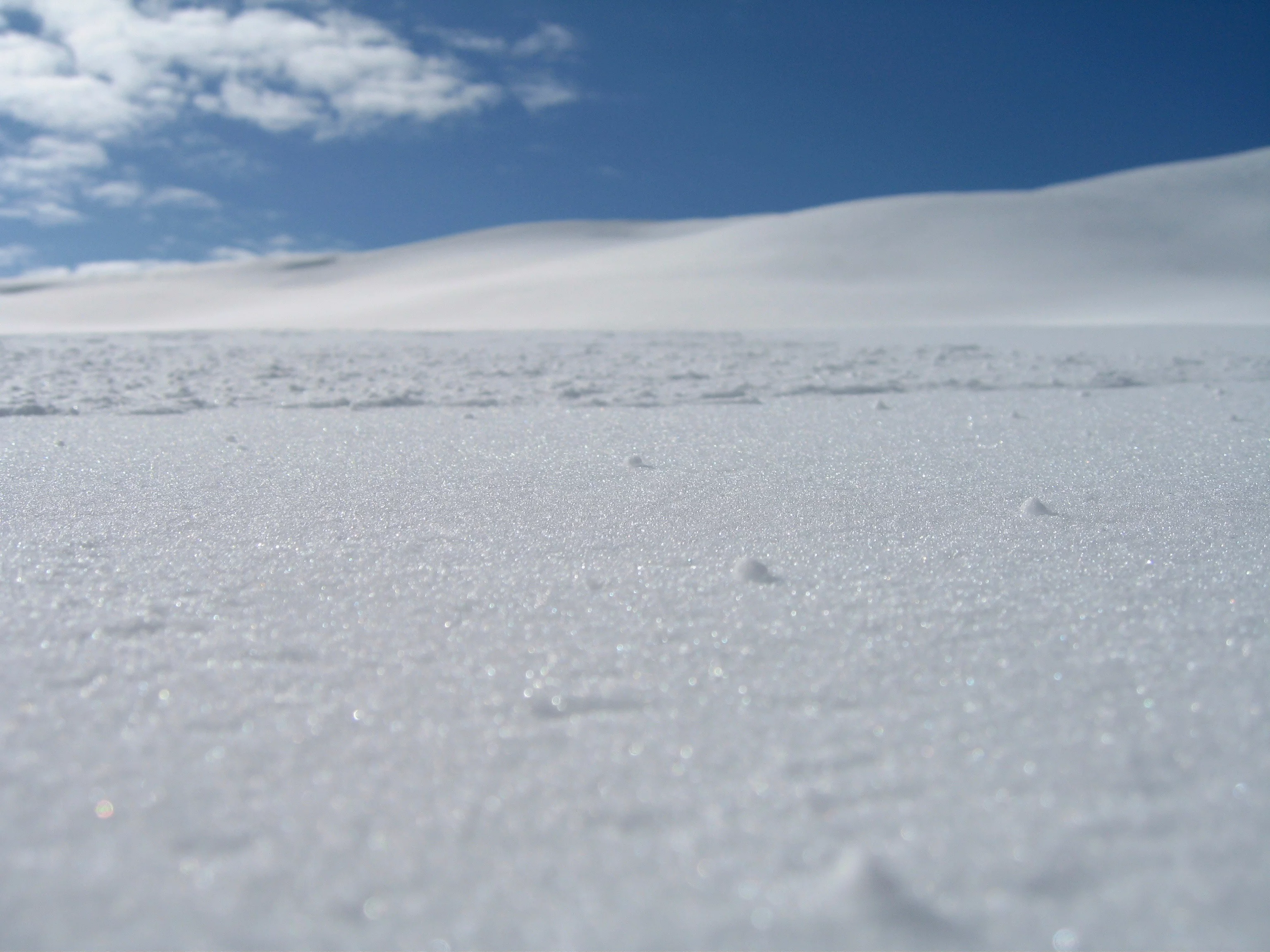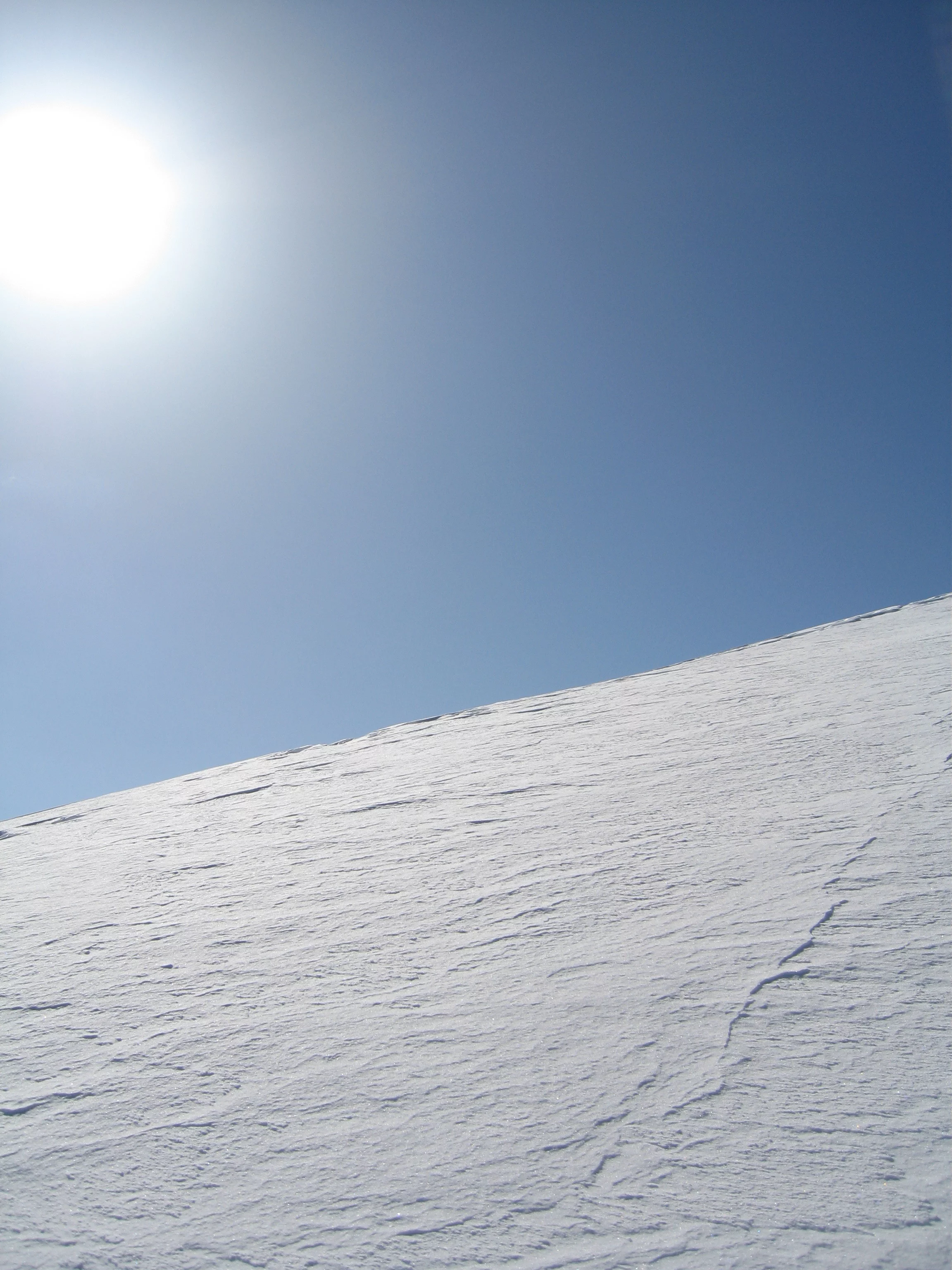Even for something as common as ice and snow there is a long list of phenomena that are not fully understood yet. Thorsten Bartels-Rausch is looking for answers at the molecular level to these open questions and has recently commented on them in the renowned scientific journal Nature.
Ice and snow are things that are very common for us. You say in your article in the issue of Nature published at the beginning of February that science basically knows very little about them.
The crystal structure of solid ice is well known. But we know too little about the structure at the surface, where the water molecules are less ordered. And it is exactly at this interface that other substances from the air and snow meet up. How do these interactions with trace gases from the atmosphere take place? We just don’t know. Ice crystals are very rigid and offer little space to incorporate other substances. Liquid water is at the other extreme. When other substances are dissolved, the water structure adapts. From experiments at synchrotron facilities, similar to the Swiss Light Source, we have found evidence that foreign materials in ice are enclosed in a shroud of water molecules. However, this appears to be restricted to the immediate vicinity of the chemicals.
Is there therefore no conclusive picture?
Exactly! And it is getting even more complex, when we additionally consider how dynamically snow properties change in the natural environment. For example, if snow contains liquid water between the snow crystals, then its chemical and physical properties change significantly.
How does it look regarding the fundamentals – how does ice form?
We also know much less about this than one might expect. We can still not even say with certainty when ice clouds form in the atmosphere. Some regions of the sky remain moist even though we would expect them to freeze. We do not even know whether water droplets crystallise from inside to outside, or in the opposite direction, and what forms of ice they create.
No two snowflakes are alike. One can imagine that the situation is a lot more complicated for snow than for ice.
Snow on the ground is always a complex mixture that can contain air and inclusions such as sea salt, fine organic particles and other pollutants from the environment. The substances contained in this mixture all behave very differently. Let us take mercury salts as an example. In a liquid environment, sunlight and other chemicals efficiently break these down. However, what happens in snow? It is still not clear how mercury salt reacts there and how rapidly similar reactions take place. We are trying to obtain more accurate data by reproducing each process under controlled conditions in the laboratory, thus implementing the complexities of nature in a controlled way. To achieve this, we must look at the reactions at the molecular level. We still know far too little about the behaviour of environmental pollutants and natural impurities in ice and snow.
You are hoping to gain a better understanding of fundamental processes because ice and snow are so important for the climate.
Around 10% of the land in the Northern Hemisphere is permanently covered by snow; in winter, this rises to 50%. The white polar ice caps reflect 90% of the sunlight falling on them. Ice crystals concentrate in clouds and 7% of the ocean’s surface is covered by ice. These ice and snow blankets trap/collect environmental pollutants, hinder the free exchange of nutritional and polluting substances, and alter ocean currents and the radiation balance of the earth.
Ice and snow fundamentally influence the material cycles of environmental pollutants?
Let us take a few examples: Mercury and pesticides are spread out within the atmosphere and concentrate in cold regions in snow. This reduces the amount of these poisons in the air. The question now is if these substances in the snow are really stable and thus stay there for a long time. Some chemical reactions are accelerated during freezing processes because the chemicals are concentrated as the liquid solution slowly turns to ice. What happens, for example, when snowmelt in deeper layers freezes again during the night? Fine particles, in turn, are very reactive and can release trace gases that have an influence on the climate. That has been well studied in the atmosphere. However, does it also play a role in snow? Sea salt has the effect that liquid water can exist between snow crystals at temperatures of -20ºC. What does this mean as far as chemical reactions are concerned? All these questions are still unanswered. We are still missing much fundamental knowledge at a molecular level. Only when we have that knowledge will we be able to understand complex processes in general. Knowledge of this is essential for predicting the future of life on our planet.
Interview: Alexandra von Ascheraden
Original publication
Ten things we need to know about ice and snowThorsten Bartels-Rausch
Nature, 494, 27–29 (07 February 2013), doi:10.1038/494027a
About the author
Thorsten Bartels-Rausch investigates the chemistry of ice in the Surface Chemistry Group of Markus Ammann at the Paul Scherrer Institute. Bartels-Rausch studied in Würzburg (Germany), Trondheim (Norway) and at the ETH Zurich, carried out his doctoral studies at the University of Bern and at PSI, and then held a Postdoc position in Toronto (Canada). Since 2006 he has continued his research at PSI. He is married and has three children.Persönliche Webseite


